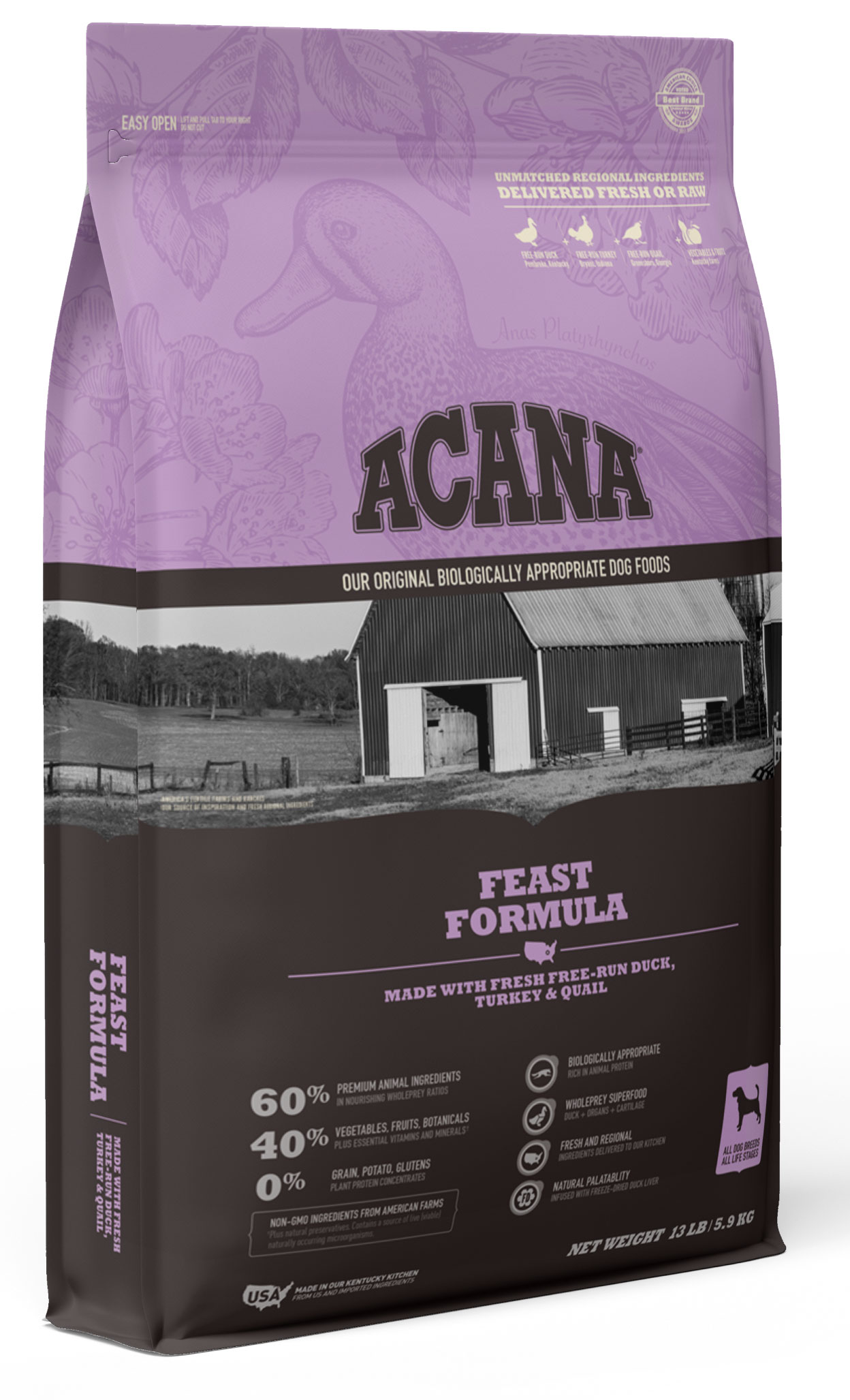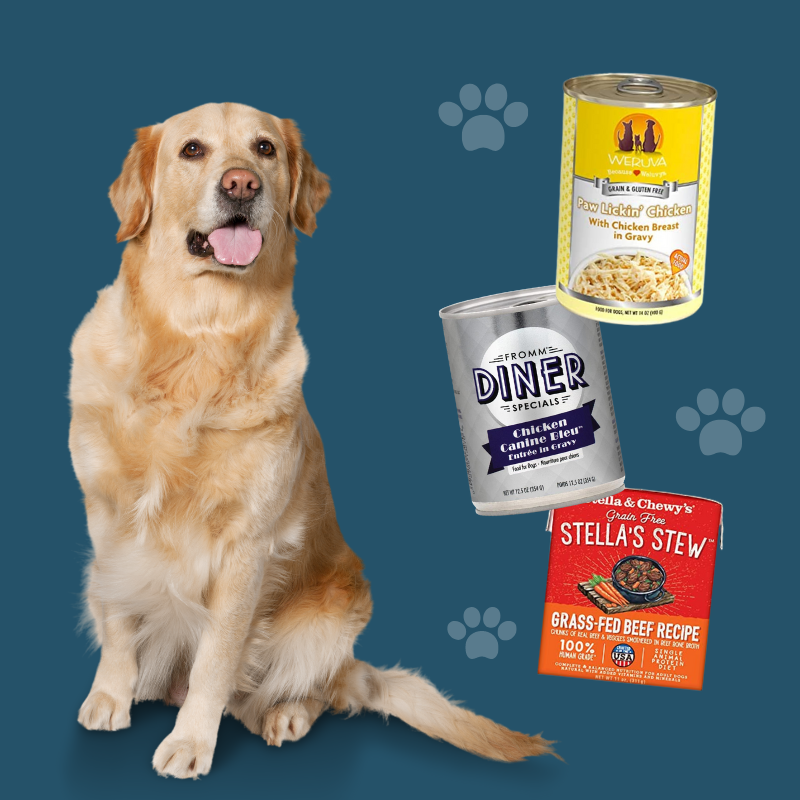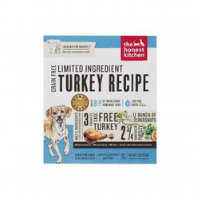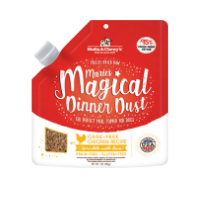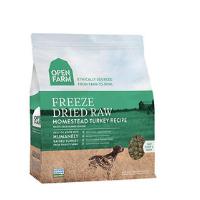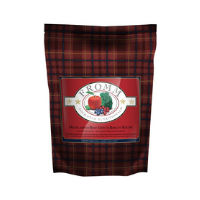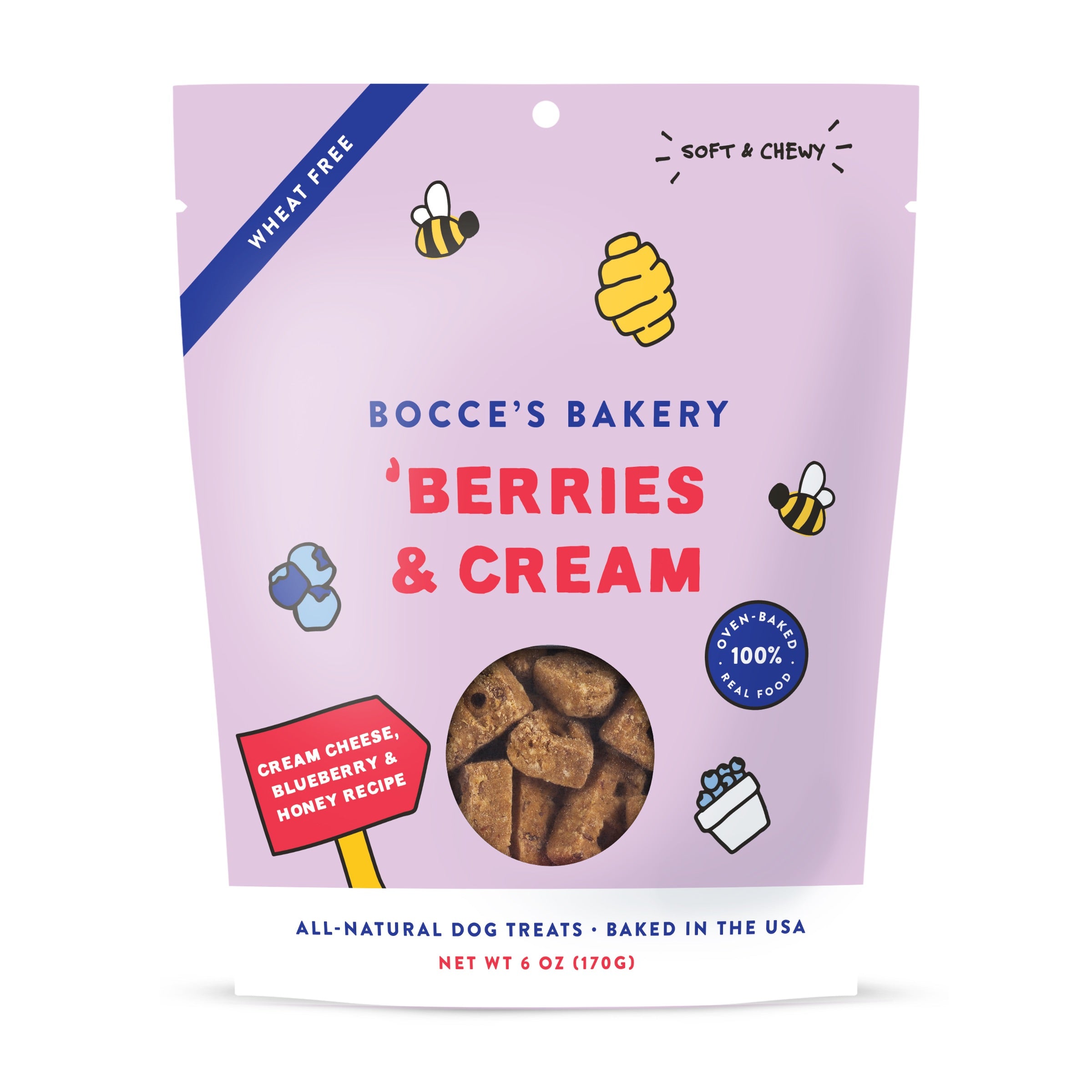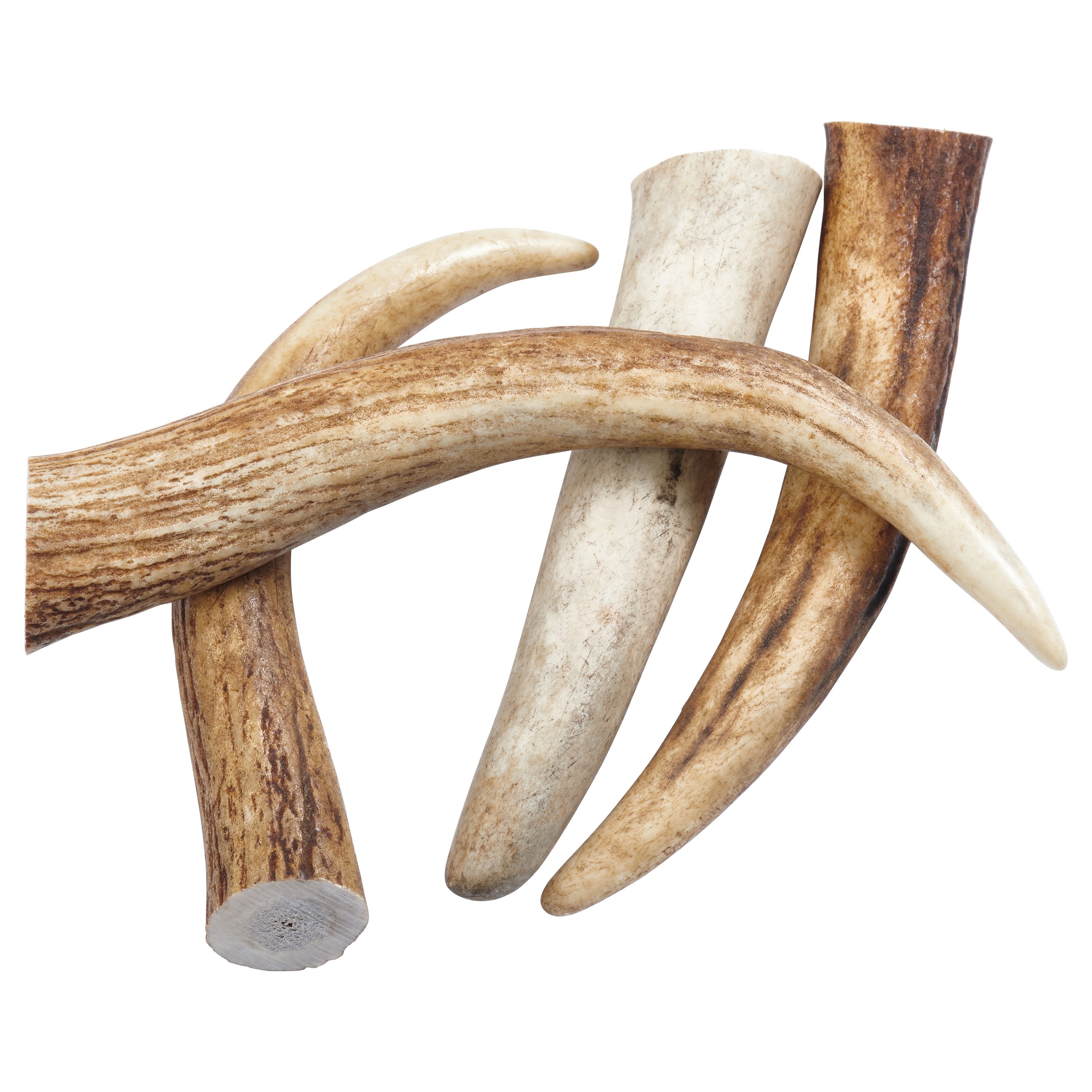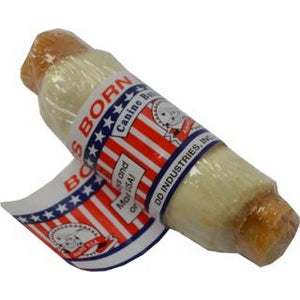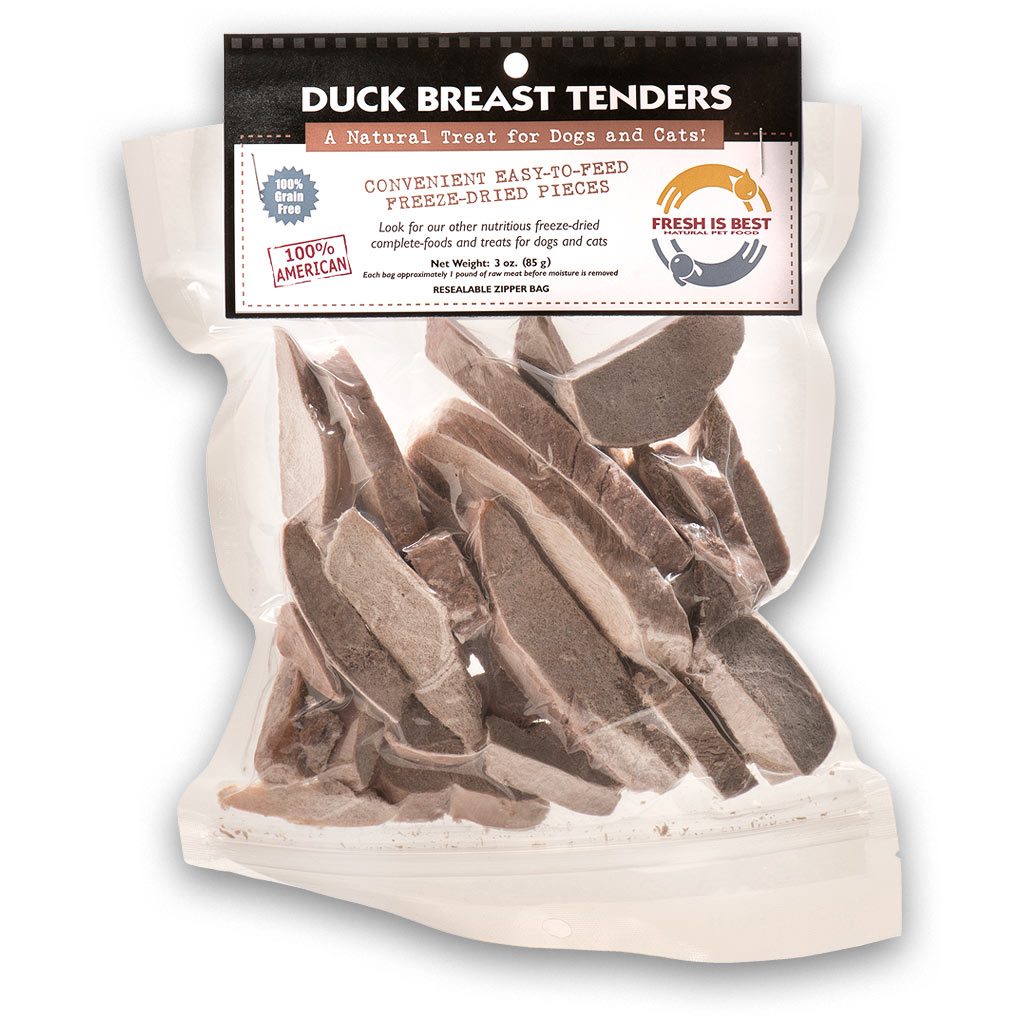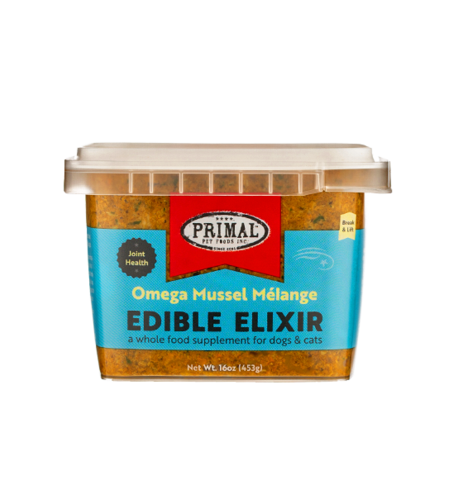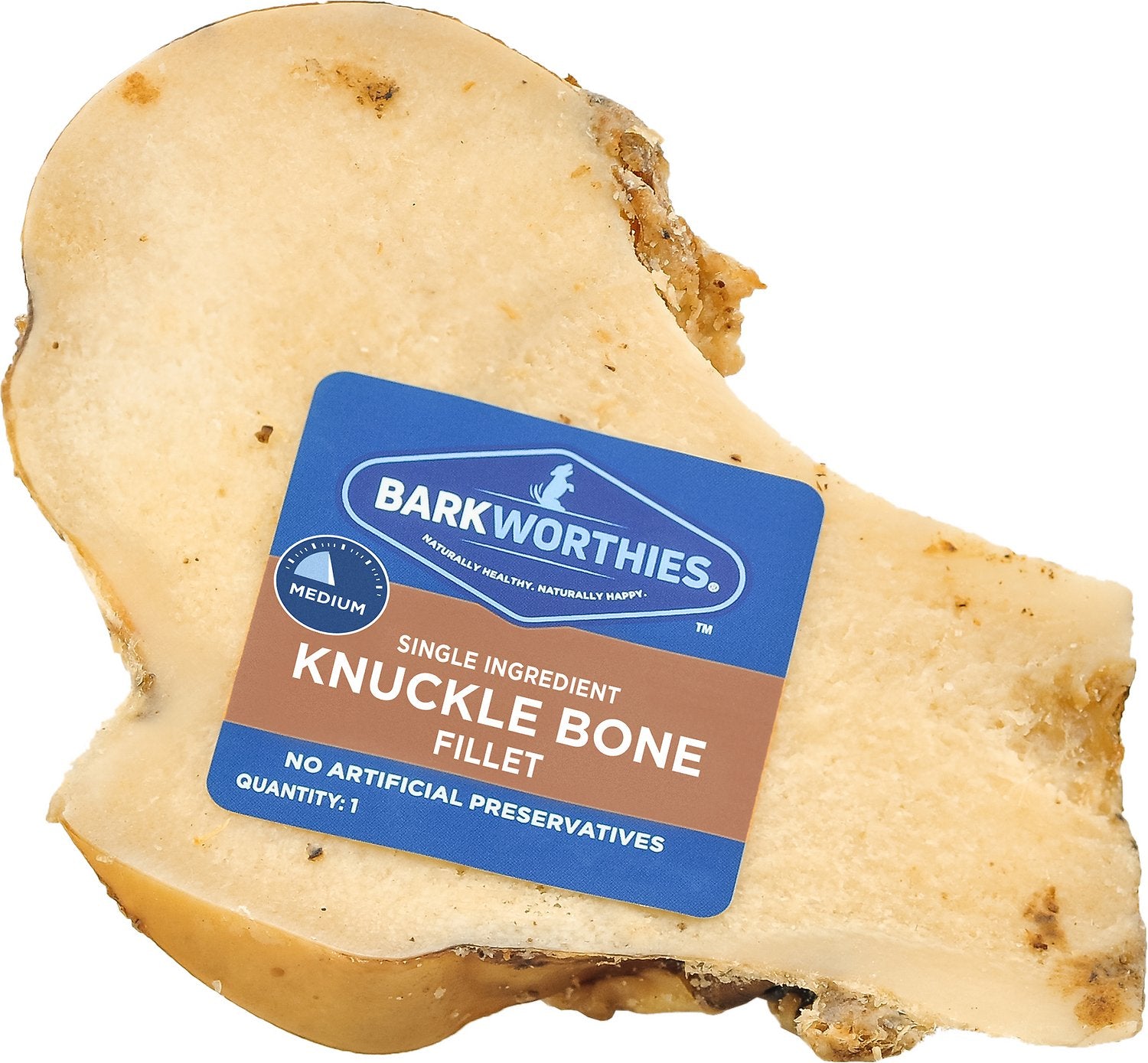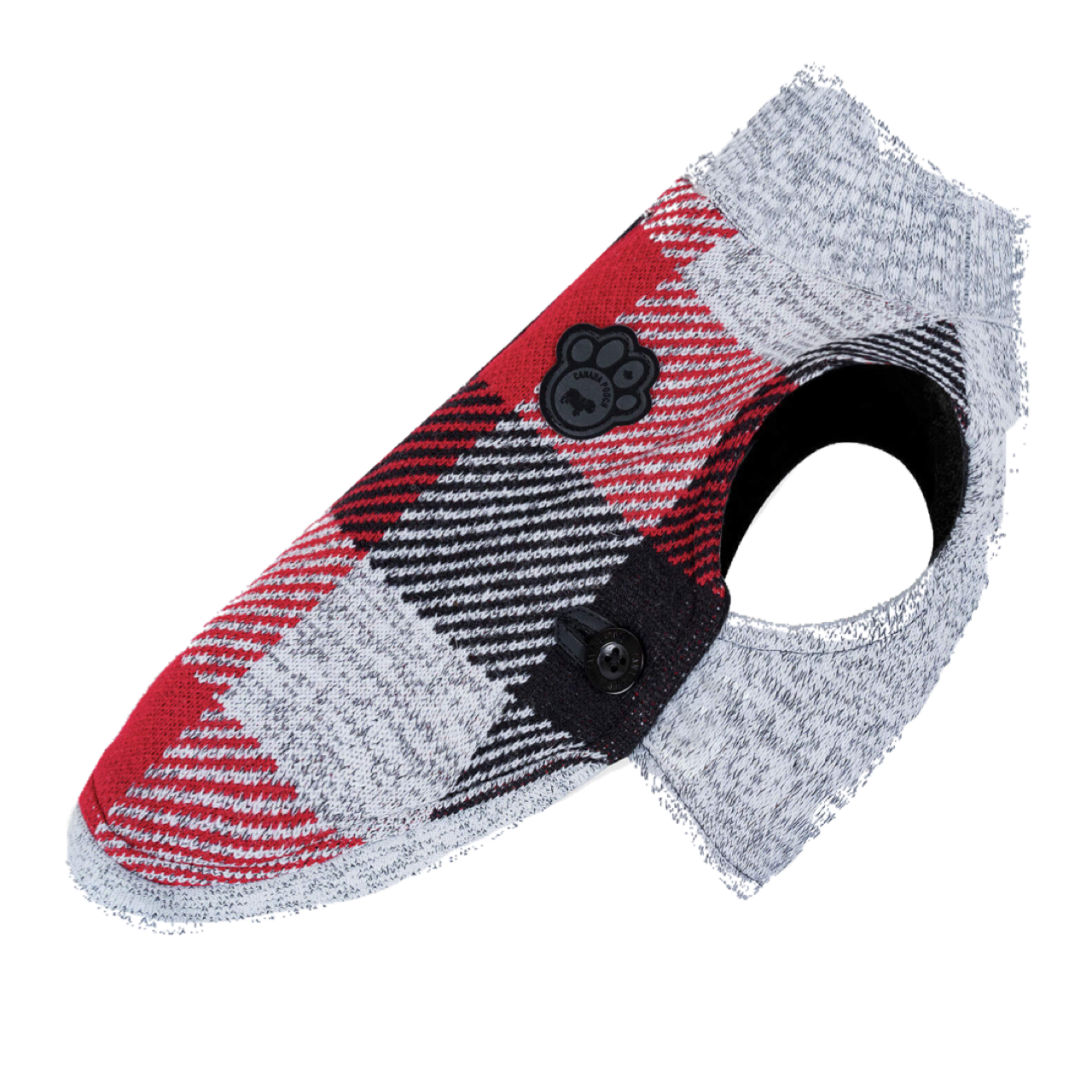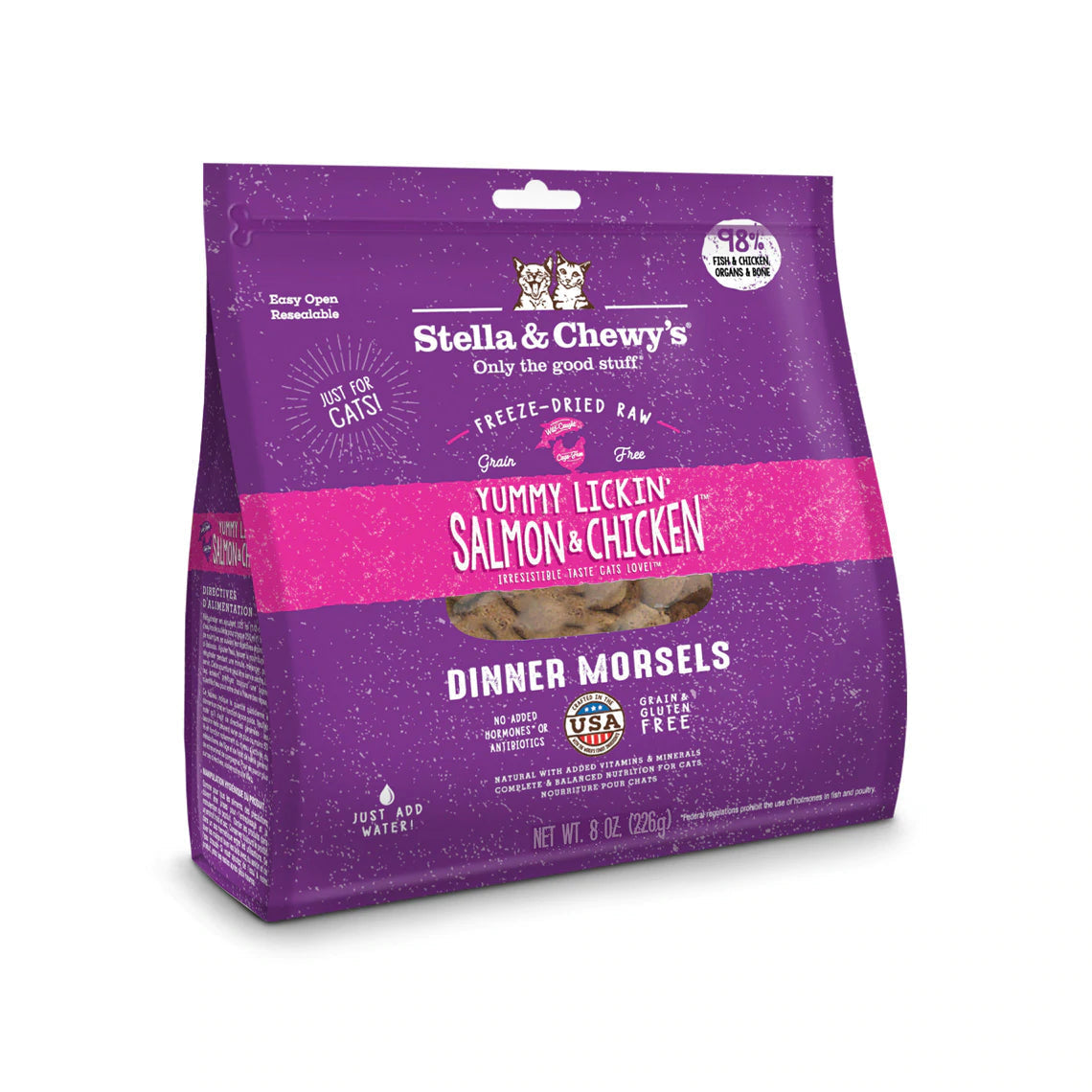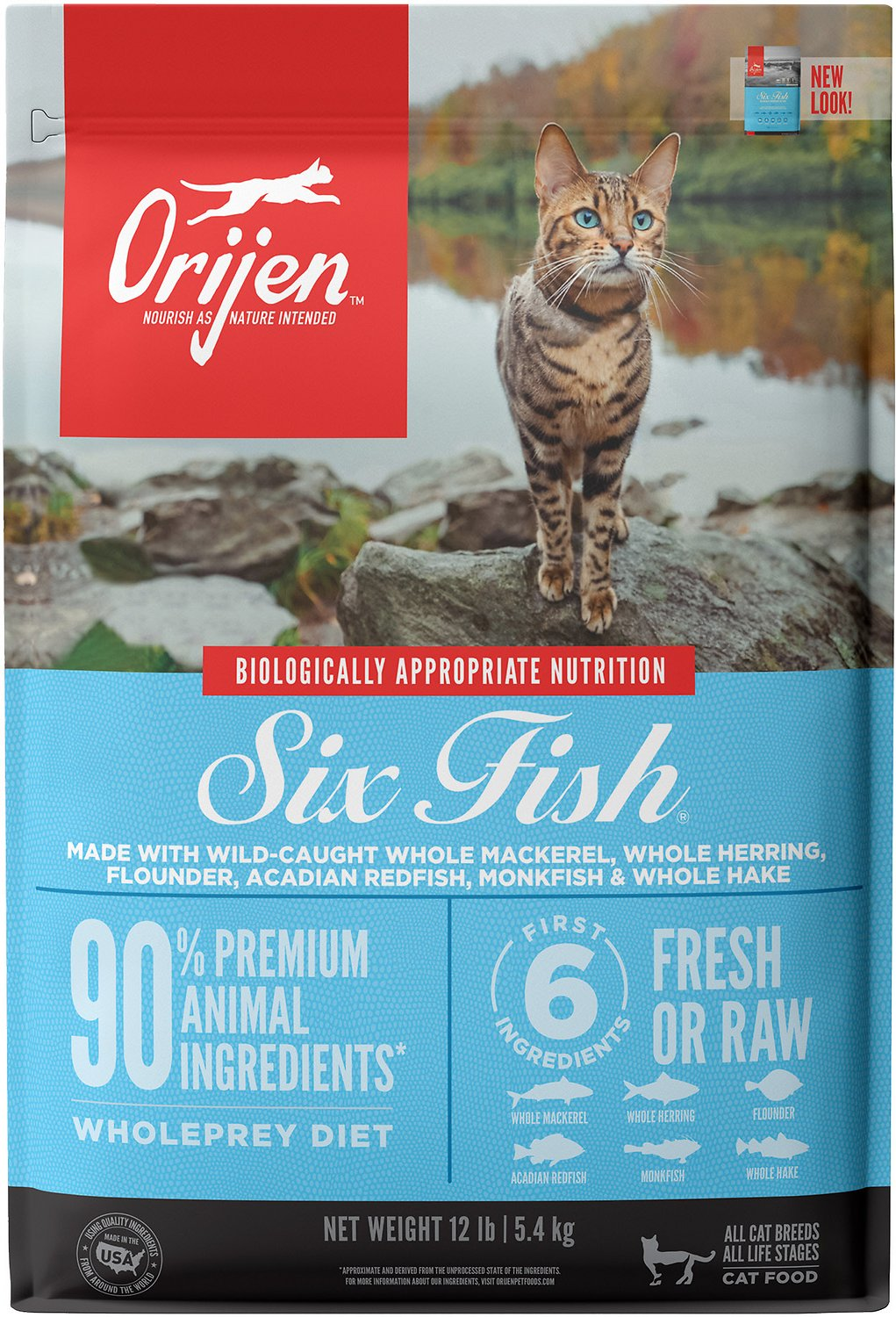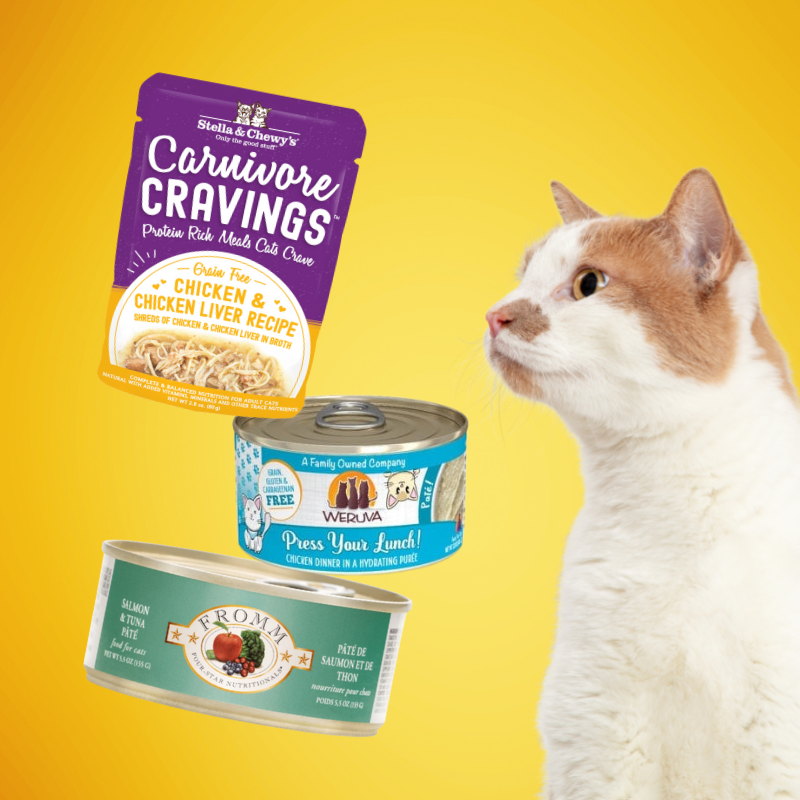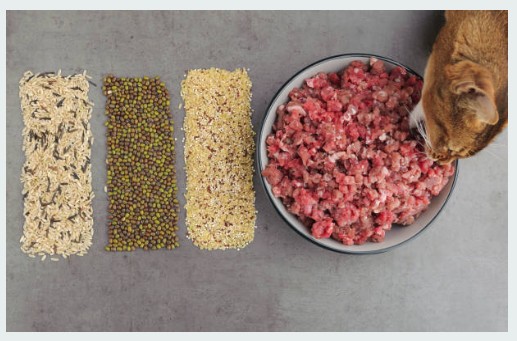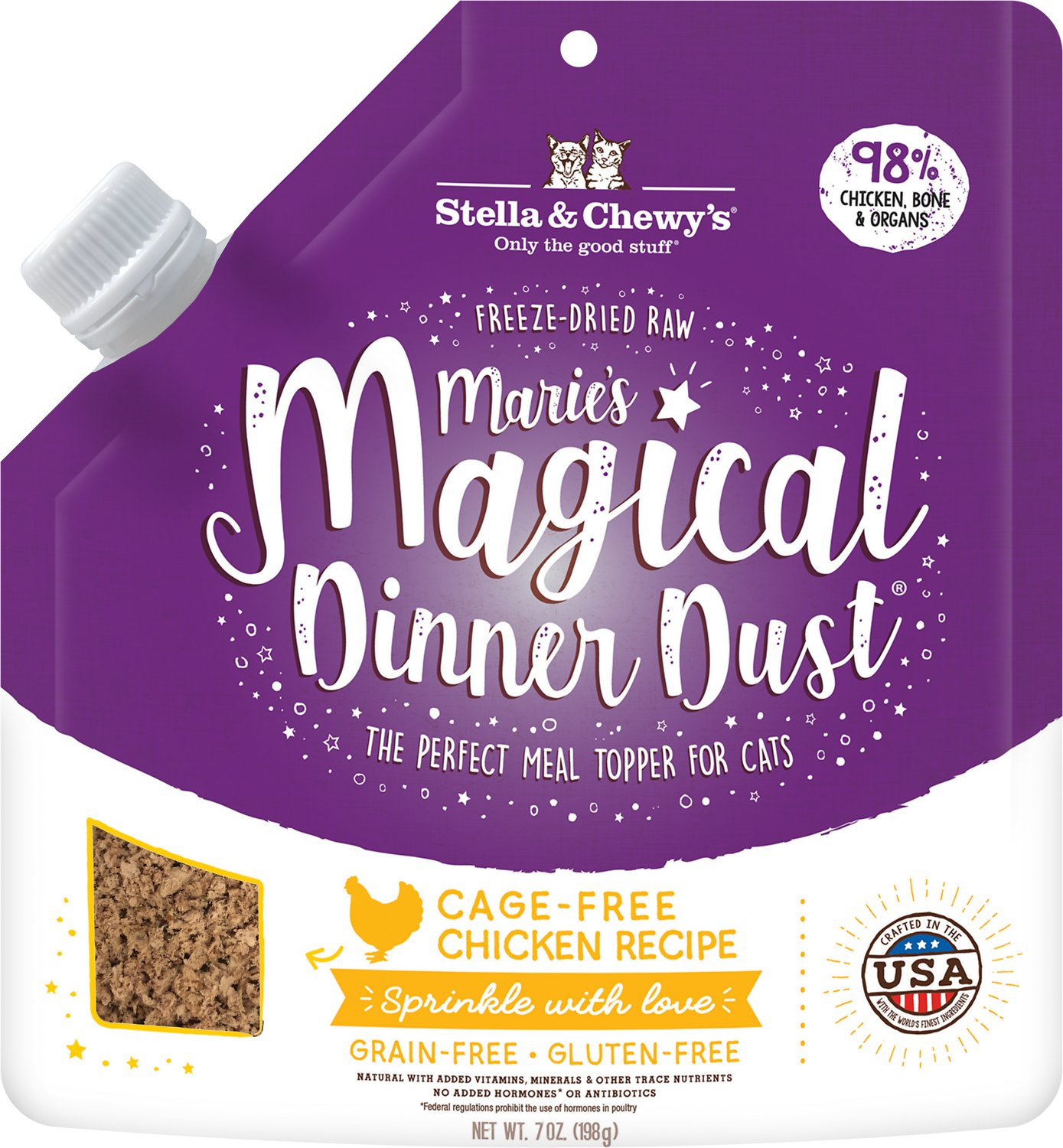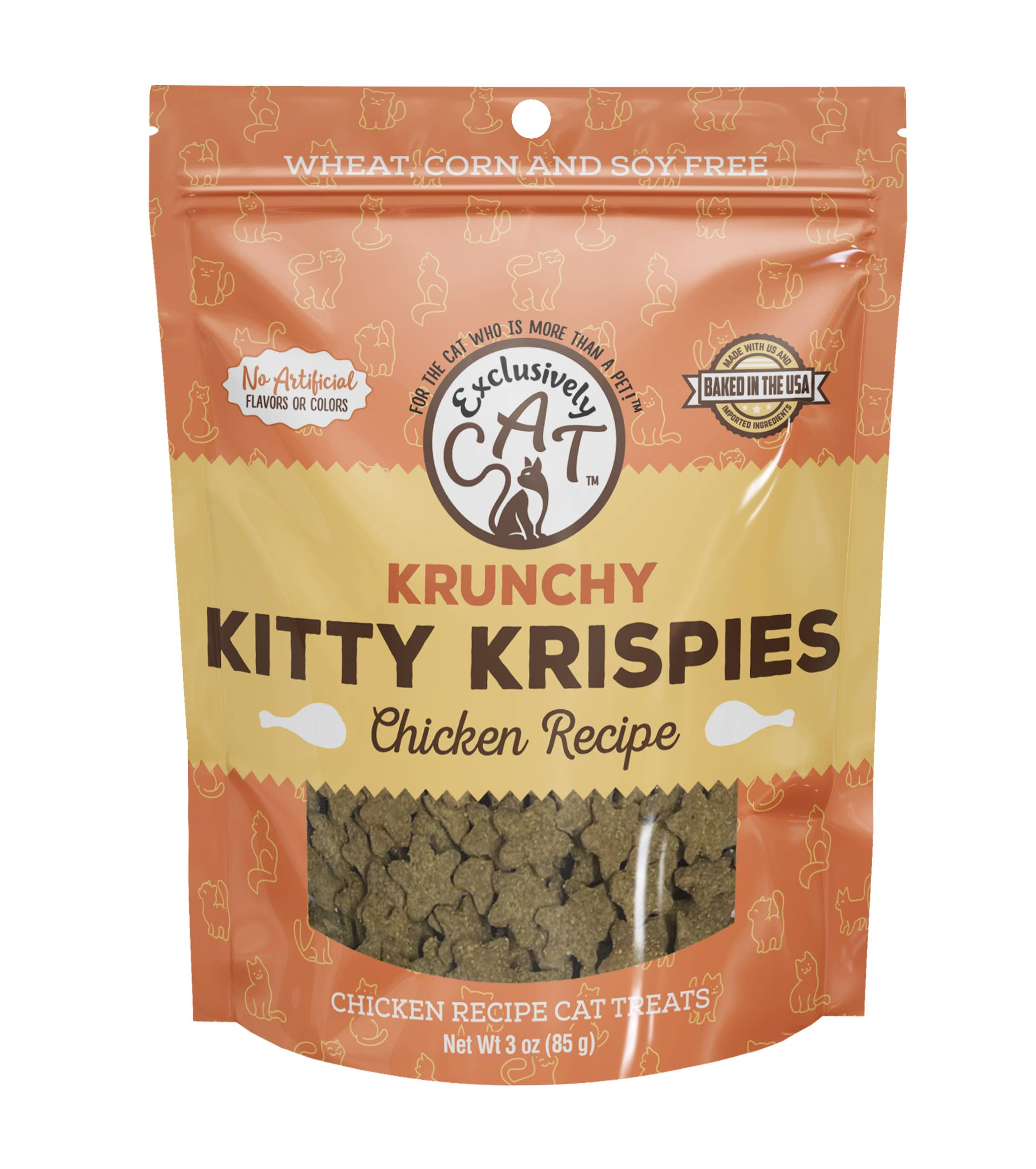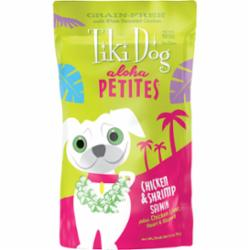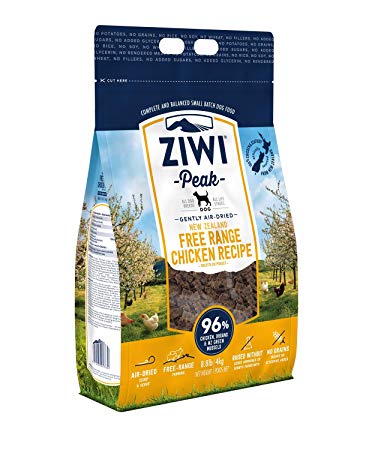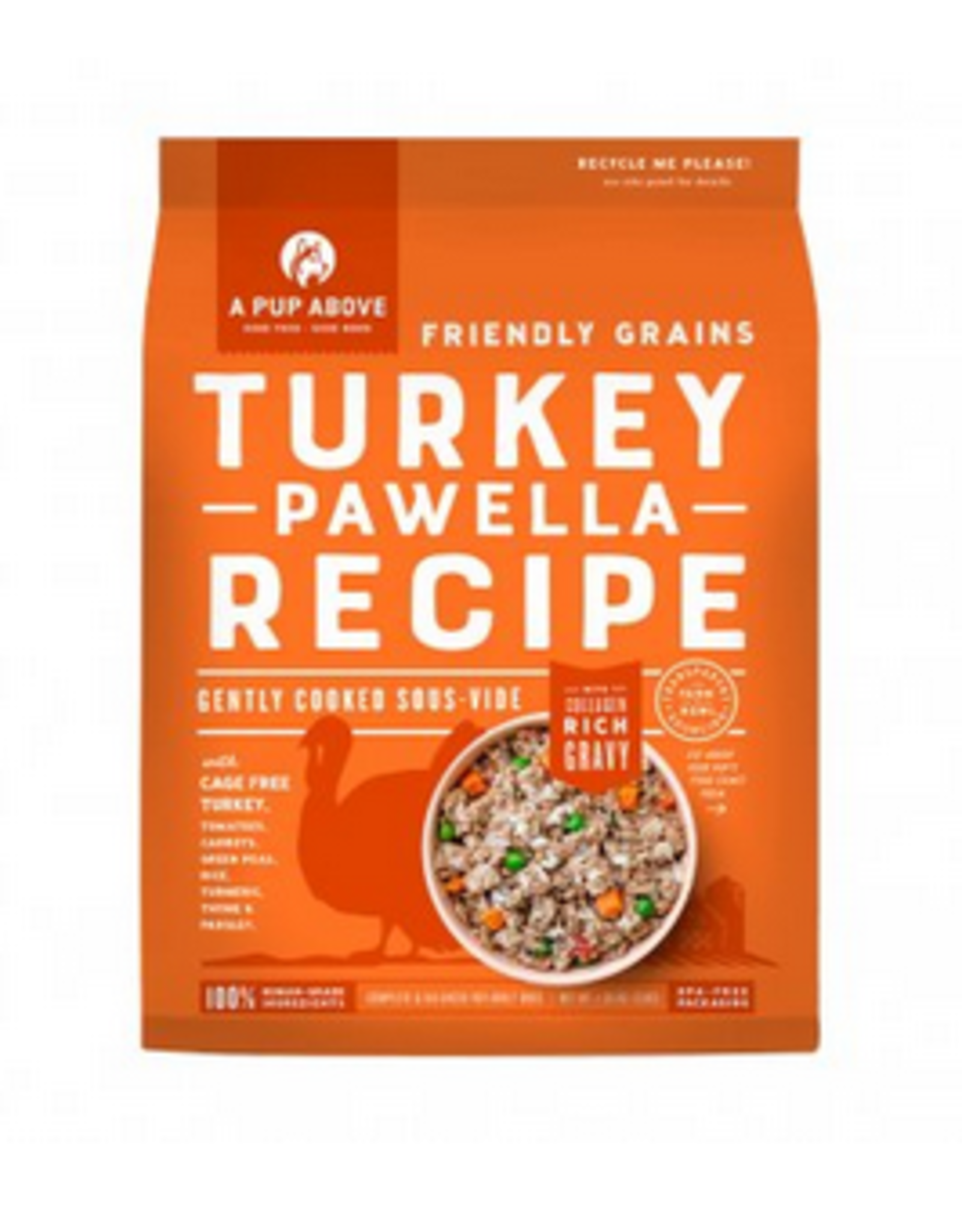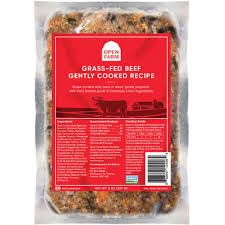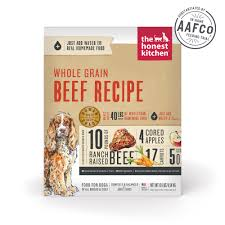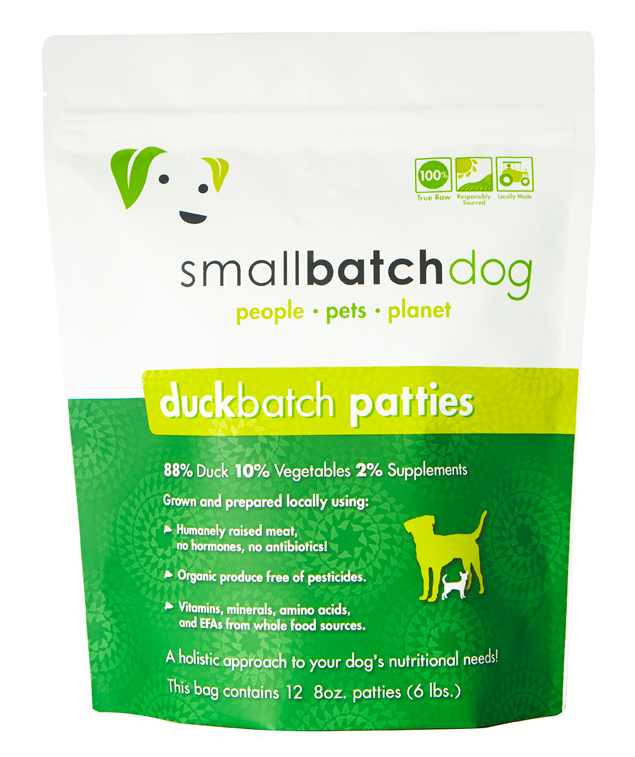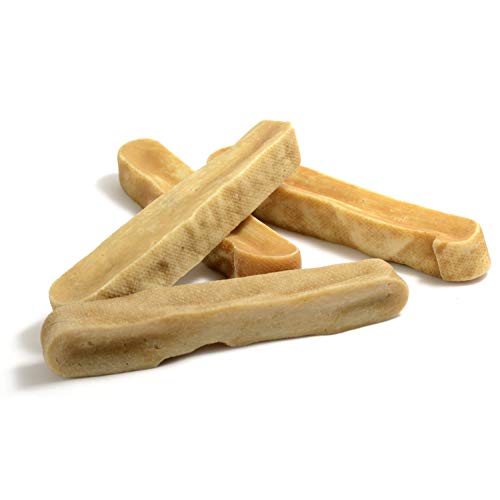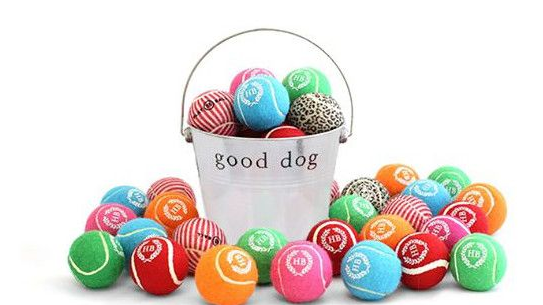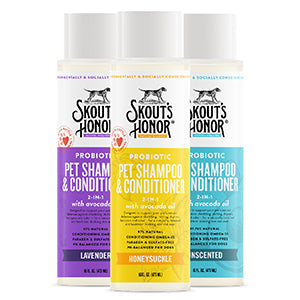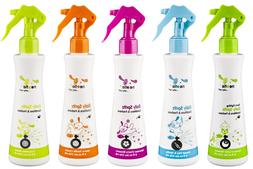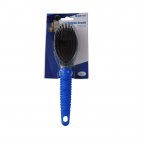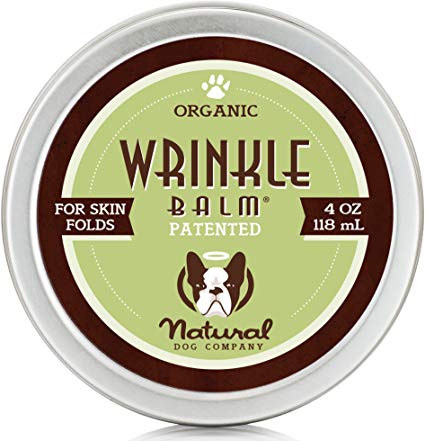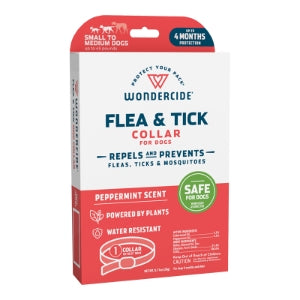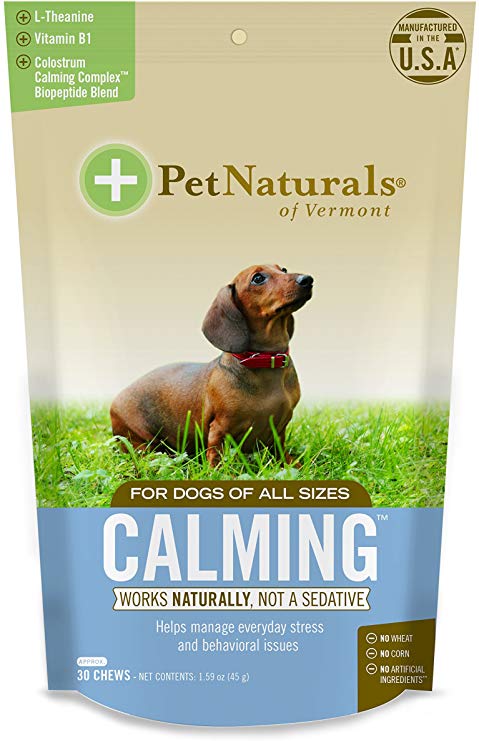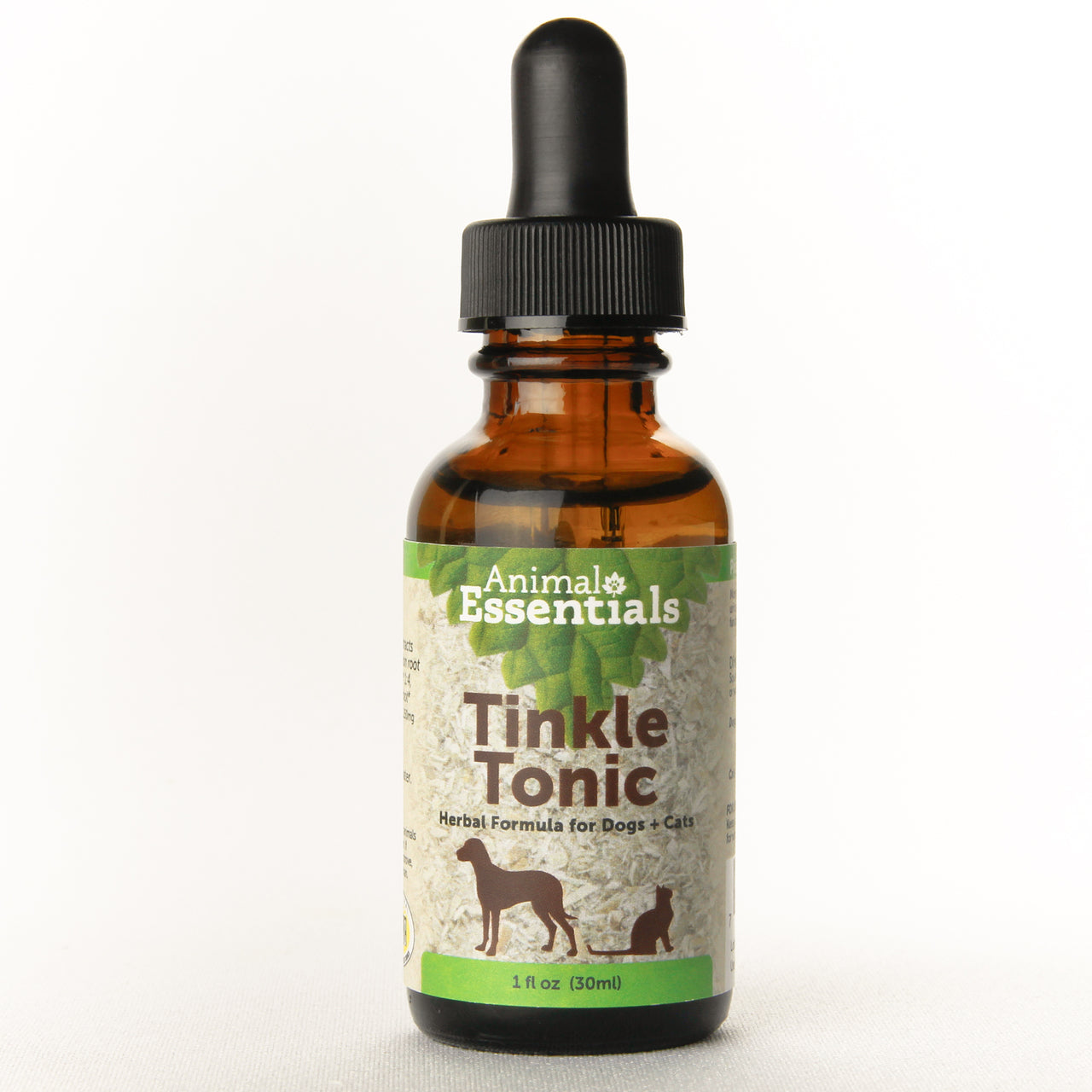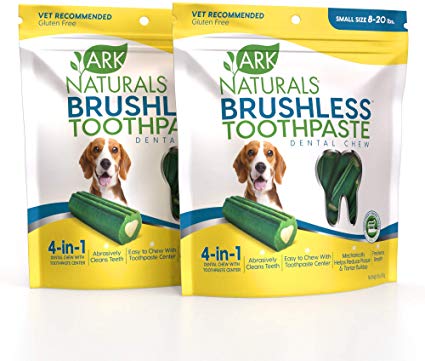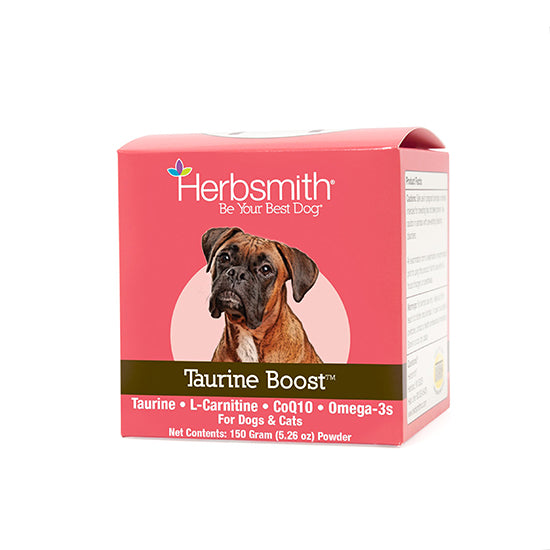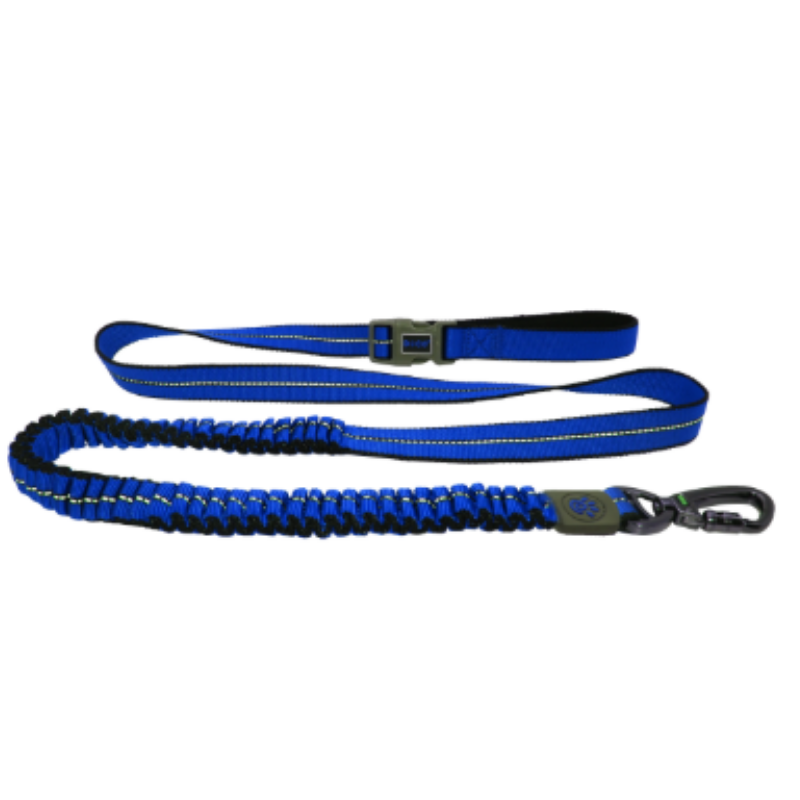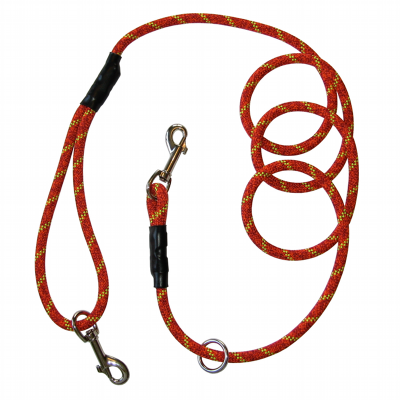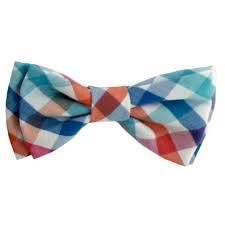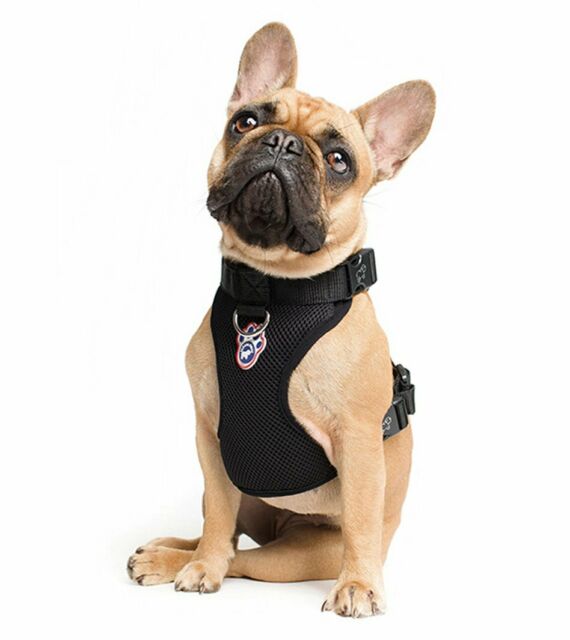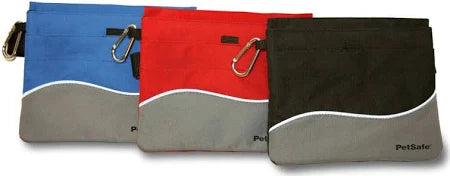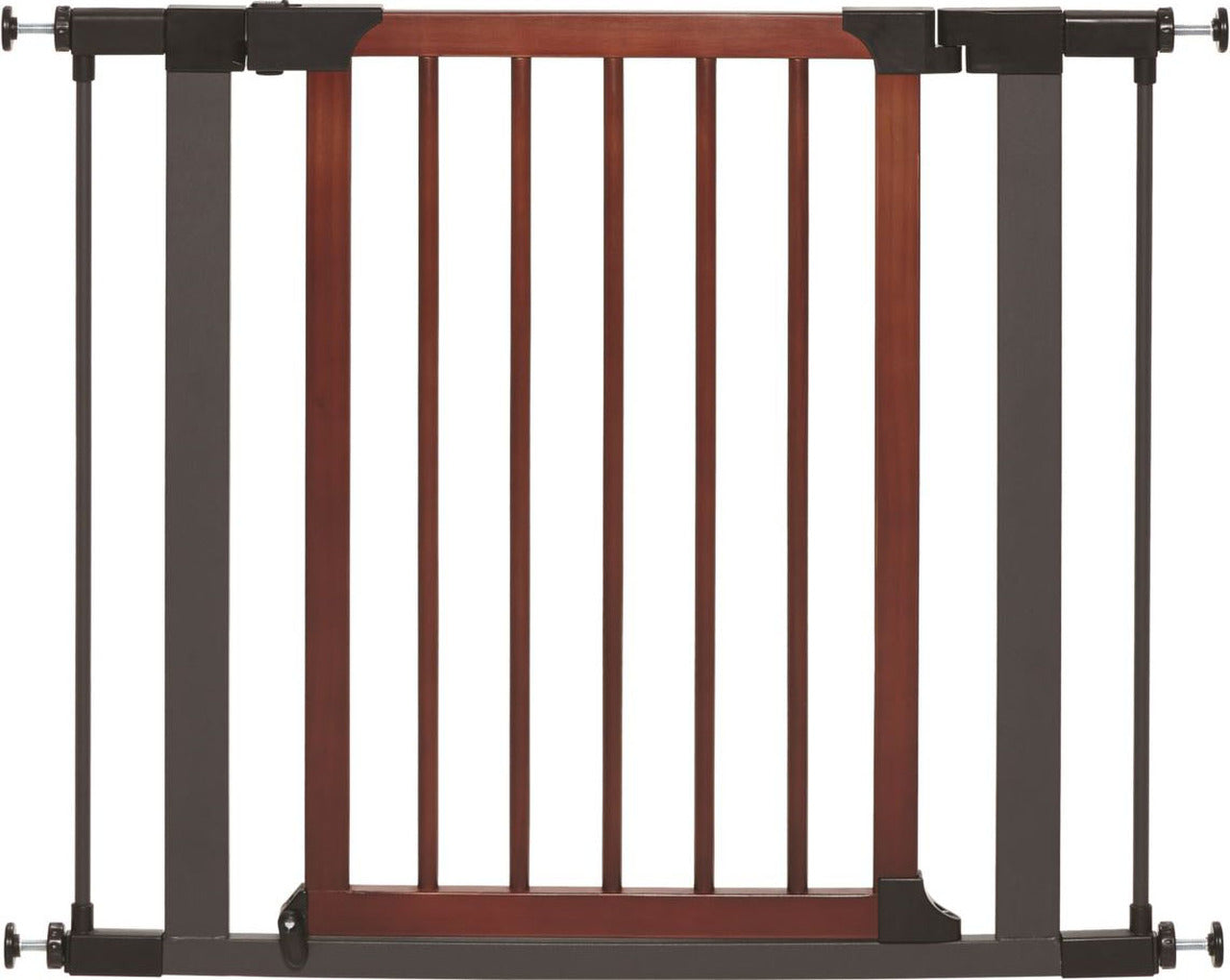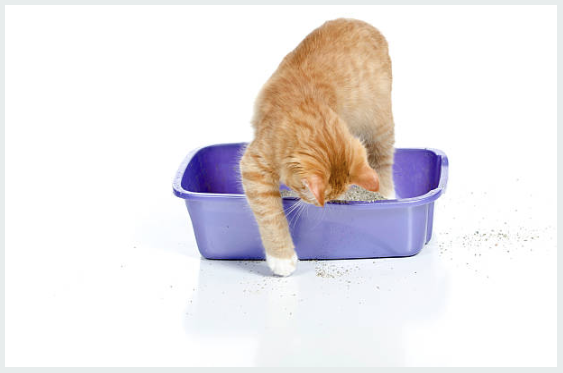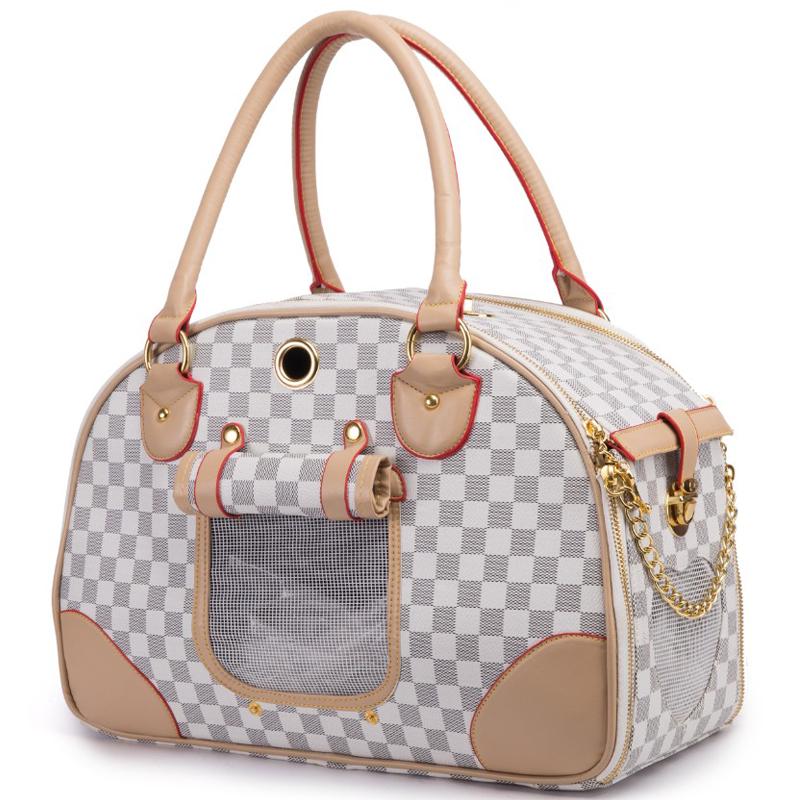As a pet owner, one of the most important decisions you will make is choosing the right food for your beloved furry friend. A nutritious and balanced diet is essential for their overall health and wellbeing. With so many options available on the market today, it can be overwhelming to find the perfect pet food. In this guide, we will walk you through the process of selecting the best food for your pet, taking into consideration their specific needs.
The Importance of a Balanced Diet
A balanced diet is crucial for your pet's health. Just like humans, cats and dogs require a mix of proteins, carbohydrates, fats, vitamins, and minerals to thrive. A well-balanced diet ensures that your pet receives all the nutrients they need to maintain healthy muscles, bones, skin, and fur. It also plays a significant role in boosting their immune system and preventing diseases.
Understanding Your Pet's Nutritional Needs
Before choosing a pet food, it is important to understand your pet's unique nutritional needs based on their age, breed, size, and activity level. Puppies and kittens have different requirements than adult dogs and cats. Large breed dogs have different dietary needs than small or medium-sized breeds. Additionally, some pets may have specific health conditions that require a certain type of diet.
Consulting Your Veterinarian
If you're unsure about your pet's specific nutritional needs, the best course of action is to consult your veterinarian. They can provide valuable guidance and recommend the appropriate pet food for your furry friend's individual requirements. Your vet may also suggest specific dietary modifications if your pet is overweight, underweight, or has any health concerns.
Reading Pet Food Labels
When shopping for pet food, it is essential to read and understand the labels. The label provides valuable information about the product's ingredients, nutritional value, and feeding guidelines. Look for pet foods that list high-quality protein sources, whole grains, and a good balance of healthy fats. Avoid products that contain excessive amounts of fillers, artificial additives, and preservatives.
Ingredients are listed in order of weight, so make sure that high-quality protein sources like chicken, beef, or fish appear at the top of the list. Avoid foods that simply list "meat by-products" or "animal by-products" as these can be of lower quality and may not provide the necessary nutrients your pet needs.
The nutritional adequacy statement is another crucial aspect of the label. Look for statements that indicate the food is "complete and balanced" for your pet's specific life stage, such as "for growth and reproduction" or "for adult maintenance."
Types of Pet Food
There are several types of pet food available, including dry kibble, wet canned food, raw food, and freeze-dried food. Each type has its advantages and disadvantages, and it's important to choose the one that suits your pet's needs. Many pet owners opt for a combination of dry and wet food to provide variety and fulfill different nutritional needs.
Dry Kibble
Dry kibble is the most common type of pet food. It is convenient, has a long shelf life, and helps to keep your pet's teeth clean. Look for kibble that is made with high-quality ingredients and doesn't contain excessive amounts of fillers. It should also have an appropriate balance of protein and fat.
Wet Canned Food
Wet canned food often contains higher levels of protein and moisture than dry kibble. It is more palatable for picky eaters and can be beneficial for pets with dental issues or those who need to increase their water intake. However, it tends to have a shorter shelf life once opened and may be more expensive than dry food.
Raw Food
Raw food diets, also known as "raw feeding" or "BARF" (Biologically Appropriate Raw Food), consist of uncooked ingredients like raw meat, bones, vegetables, and fruits. Advocates of this diet believe that it closely resembles what animals would eat in the wild. While raw food can have benefits such as improving digestion and reducing allergies, it is essential to handle and store it properly to prevent bacterial contamination.
Freeze-Dried Food
Freeze-dried food offers a convenient alternative to raw food. It undergoes a freeze-drying process that removes moisture while retaining nutrients. This type of food is lightweight, easy to store, and has a long shelf life. It can be rehydrated with water or fed dry, making it suitable for traveling or as a topper for kibble.
Common Dietary Restrictions and Allergies
Just like humans, pets can have dietary restrictions and allergies. If you suspect that your pet has a food allergy or sensitivity, it is crucial to identify the culprit ingredient and eliminate it from their diet. Common allergens include grains like wheat, soy, and corn, as well as certain proteins like beef or chicken.
If your pet has a specific dietary restriction or allergy, consider switching to a limited ingredient diet or a specialized formula to address their needs. These diets are formulated to minimize the risk of triggering an allergic response while still providing the necessary nutrients.
The Importance of Transitioning Gradually
When introducing a new food to your pet, it is essential to do so gradually. Sudden dietary changes can lead to digestive upset, including vomiting and diarrhea. Start by mixing a small amount of the new food with their existing food and gradually increase the ratio over a period of 7-10 days. This slow transition allows your pet's digestive system to adjust to the new food gradually.
Ongoing Monitoring and Adaptation
Choosing the right pet food is an ongoing process. As your pet grows, ages, or experiences changes in their health, their nutritional needs may change as well. It is important to monitor their weight, energy levels, coat condition, and overall wellbeing. If you notice any changes, consult your veterinarian and consider adjusting their diet accordingly.
Investing in Your Pet's Health and Longevity
Choosing the right pet food is an investment in your pet's long-term health and happiness. A well-nourished pet will have a stronger immune system, healthier skin and coat, and improved overall vitality. By understanding your pet's specific nutritional needs, reading labels, and considering their dietary restrictions or allergies, you can provide them with the best quality food they deserve.
Your Pet's Wellbeing Starts with the Right Nutrition
Now that you understand the importance of choosing the right pet food, take the time to research and select a high-quality and nutritionally balanced product. Remember to consult your veterinarian for expert advice and regularly monitor your pet's health and dietary needs. By making the right choices and prioritizing their wellbeing, you are setting the stage for a long and happy life together with your furry friend.


